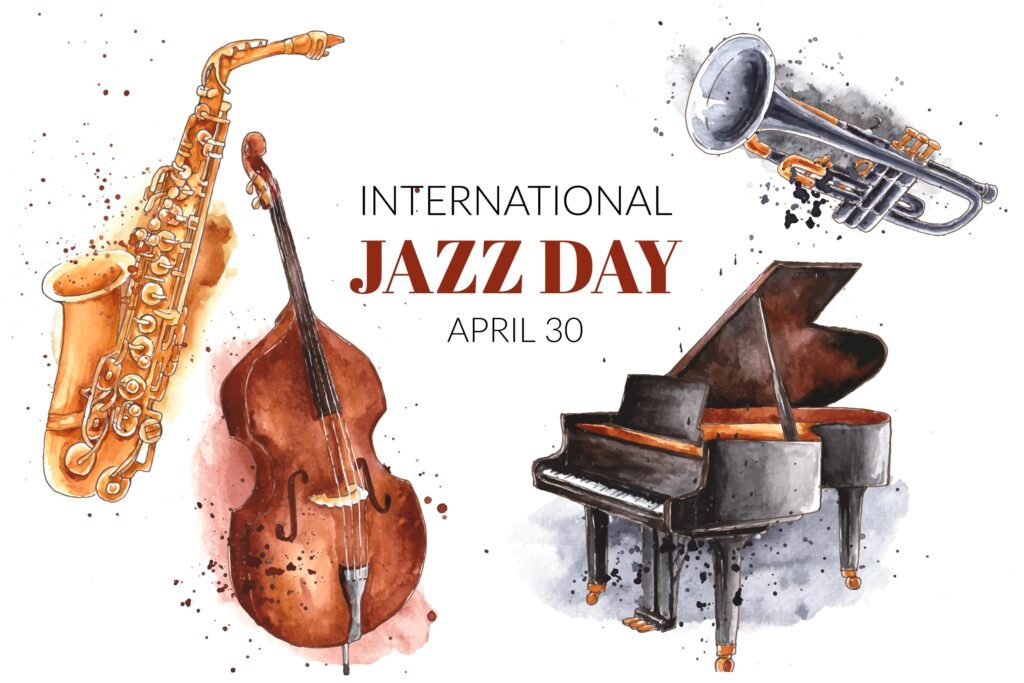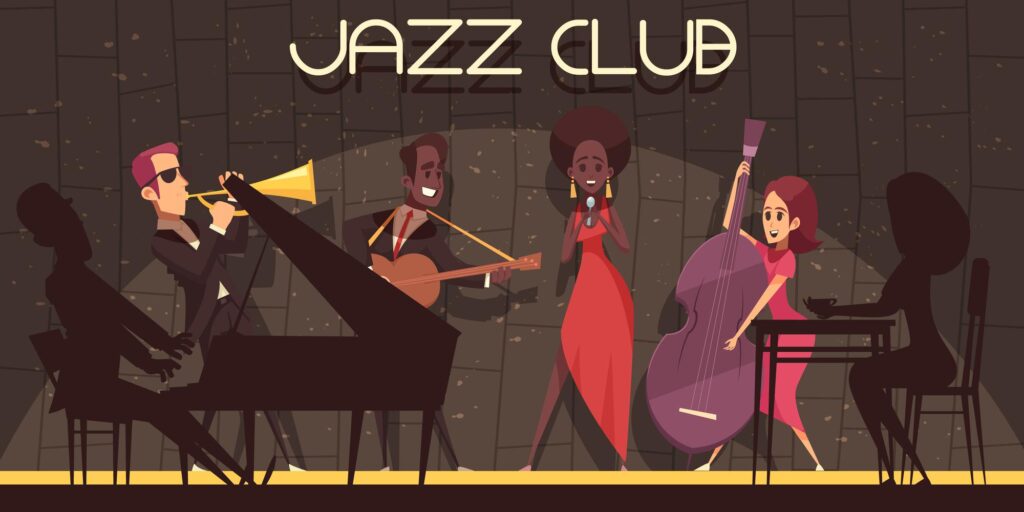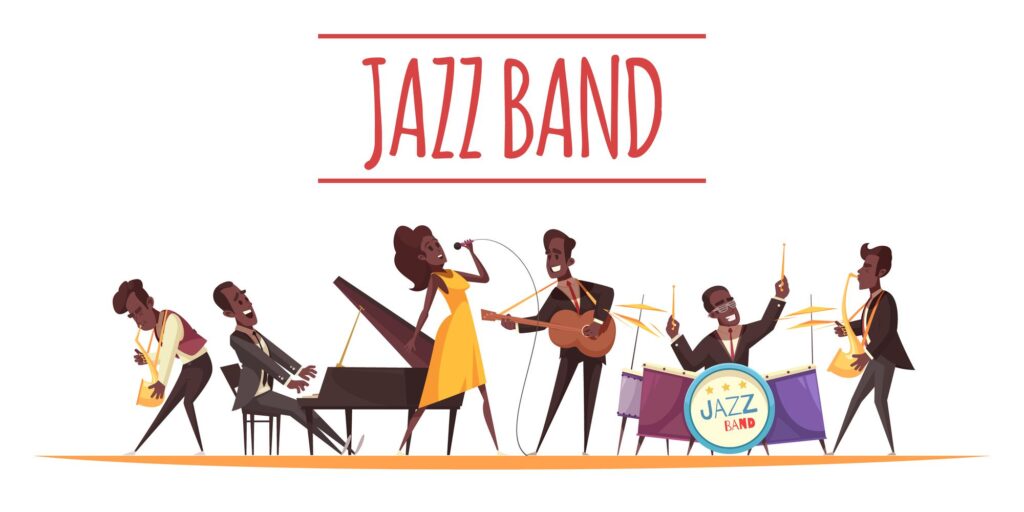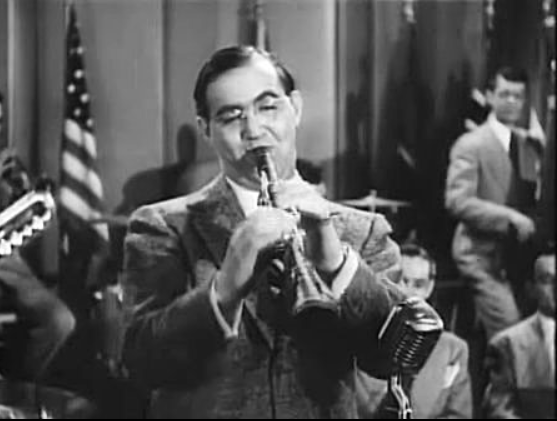The Evolution of Jazz: A Look at Key Jazz Movements and Styles.

Jazz is a musical genre that has undergone significant changes and evolution throughout its history. Over the years, various styles and movements have emerged that have defined different periods of jazz music. Some of the key jazz movements and styles include:
Early Jazz (1900-1920):
This period saw the emergence of jazz in New Orleans and its early spread across the United States. Early jazz was heavily influenced by blues and ragtime and was characterized by improvisation, syncopated rhythms, and a focus on individual expression.
Swing (1930s-1940s):
Swing was a more organized and polished style of jazz that was popular for dancing. This style was characterized by a strong beat, upbeat tempos, and tight ensemble playing. Some of the most famous swing musicians include Duke Ellington and Benny Goodman.
Bebop (1940s-1950s):
Bebop was a more complex and abstract form of jazz that was popular among musicians and intellectuals. This style was characterized by fast-paced tempos, complex harmonies, and a focus on improvisation. Some of the most famous bebop musicians include Charlie Parker and Dizzy Gillespie.
Hard Bop (1950s-1960s):
Hard bop was a style of jazz that combined elements of bebop, blues, and R&B. This style was characterized by soulful melodies, bluesy harmonies, and a focus on rhythm and swing. Some of the most famous hard-bop musicians include Art Blakey and Horace Silver.
Fusion (1960s-1970s):
Fusion was a style of jazz that incorporated elements of rock, funk, and other musical genres into jazz music. This style was characterized by electric instruments, amplified sound, and a focus on groove and rhythm. Some of the most famous fusion musicians include Miles Davis and John McLaughlin.
These are just a few of the key jazz movements and styles that have emerged throughout the history of jazz music. Each movement and style has contributed to the evolution of jazz and has helped to define different periods of the genre. Today, jazz continues to evolve and remains a popular and influential musical genre, with musicians exploring new sounds and styles and continuing to push the boundaries of what is possible in jazz music.



